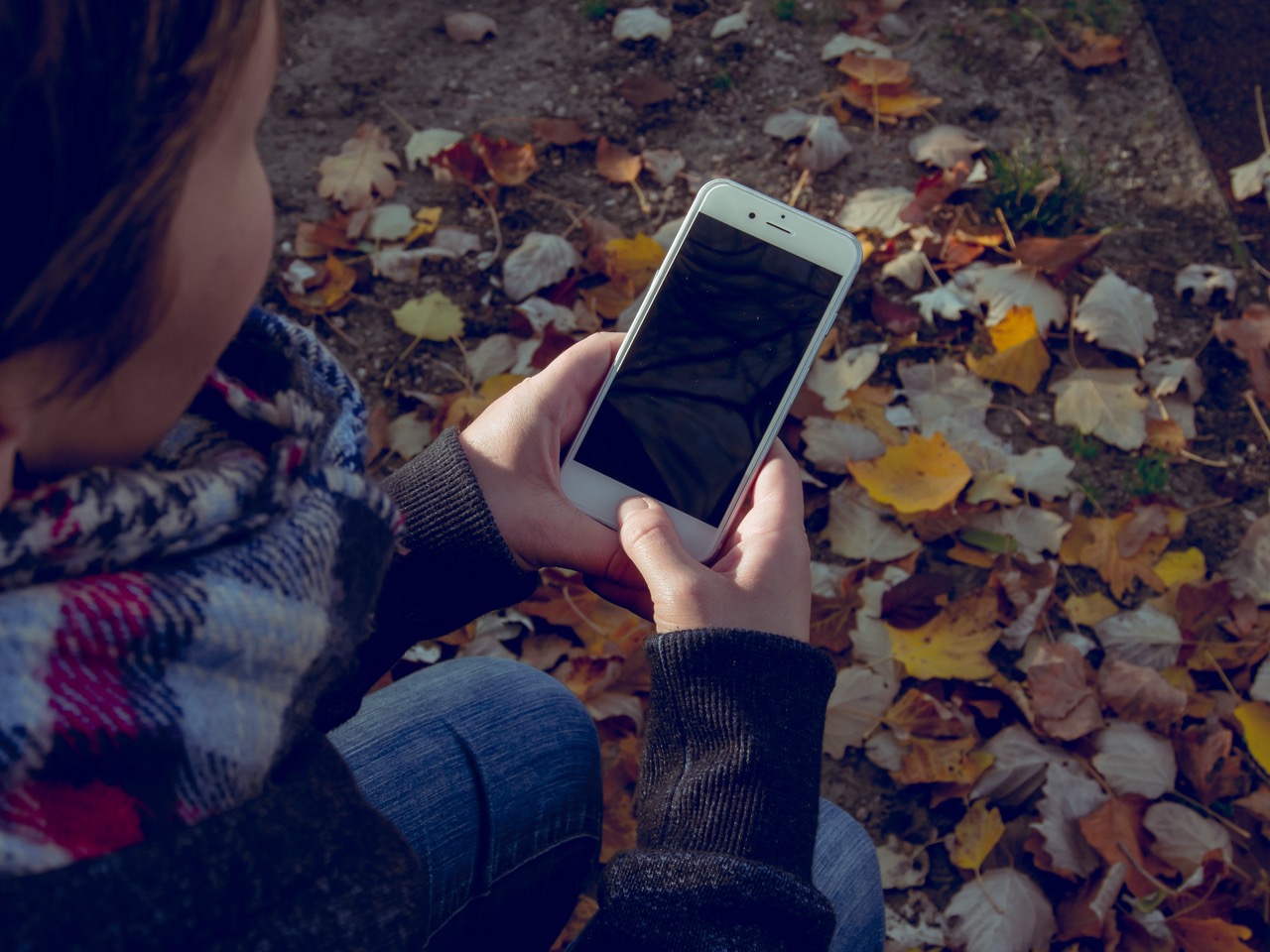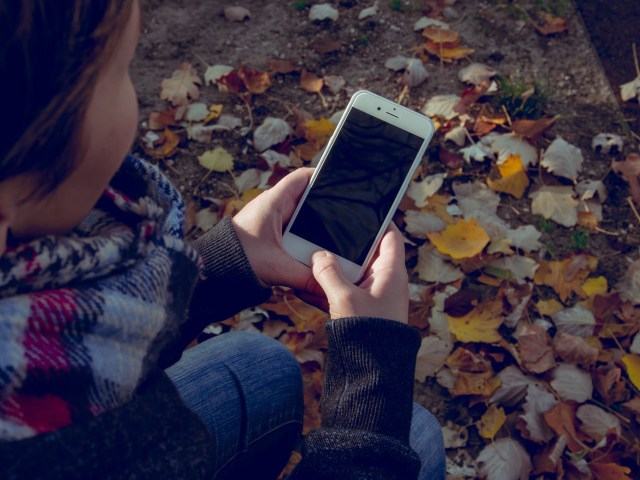
I got my first smartphone when my oldest was a newborn (summer 2009). I had told my husband for months that I didn’t need one (he already had one) but my handy little flip phone died and I didn’t have much choice.
Game changer
Honestly, I don’t know how I would have survived those newborn days without that little hand-held link to the outside world. He was a very fussy baby who hated the car seat so we spent many hours at home…usually with him strapped to my chest and me bouncing on an exercise ball (the only thing that calmed him).
My phone was my lifeline during those months. I called my mom to cry about why he wouldn’t sleep, I posted cute pictures of him on Facebook and I could Google every question I had about newborn habits.
Now fast forward a few years and we are all on our phones a lot. Being a stay-at-home, work-at-home mom, the smartphone has become an irreplaceable tool for me. They are so powerful now that I can craft a graphic for my blog on my phone while my kids play on the playground.
But what about the negative underbelly of all this phone time? I have found myself saying, “wait a minute I just need to do this one thing,” to my kids a lot more now that they are older and their demands can usually wait longer.
But how does this make them feel? How do you feel when your spouse says, “wait a minute” while typing away on his/her phone when you are trying to talk?
Luckily, the innovative researchers at Illinois State University are beginning to help answer these questions with hard data. Their most recent study considered how the parent-child relationship is affected by parents who are distracted by their phones. Now that’s a good research question!
The Study
With a sample of 170 couples with young children, Parents were asked about their problematic mobile device usage (e.g., not being able to resist checking messages, thinking about messages a lot). Parents were asked about “technoference” in their relationship with their child (e.g., how often devices interrupt conversations). Parents were asked about their children’s behavior (e.g., internalizing behavior like whining or sulking and externalizing behavior like hyperactivity or hot temper).
The Findings
Parents who reported more problems managing their device usage were more likely to experience technoference in their relationship with their child. In other words, parents who were “hooked” on their phones were more likely to allow this to interfere with their relationship with their child.
Also, kids whose parents showed signs of technoference were more likely to exhibit behavioral issues. In other words, in situations where parent-child relationships were disrupted by technology, kids were more likely to exhibit negative behavior (both internalizing and externalizing).
Okay, the usual caveats with social science research apply here. Although this is a well-conducted study, we cannot from one study prove causation. We do not know if the technoference experienced in these parent-child relationships is causing the children’s negative behavior OR if the parents of kids who exhibit behavioral problems are more likely to be “hooked” on their phones (perhaps as a distraction from misbehaving kids).
However, what we can tell from this study is important, even groundbreaking–the interaction we have with our phones has the potential to impact our relationship with our kids (either through technoference or through escapism).
When you think about it, this is a daunting reality. A device that started out as a tool now has the power to influence our parenting. These devices are not going away; we all know that. So how do we manage our phone time and our relationships with our kids?
I struggle with this as much as anyone but the one idea I keep coming back to is VALUE. I never want my kids to feel like I value technology over them. I don’t want anyone important in my life to feel that way. I never want to value online relationships more than real-life ones. The same goes for my kids–I never want them to value technology more than in-person relationships.













